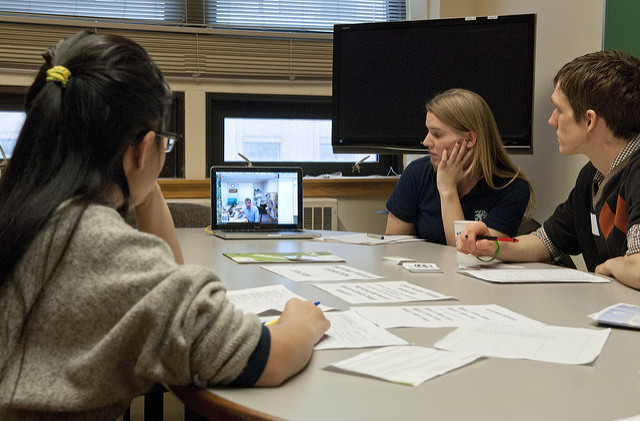 You will choose the kind of writing (or genre) that you will explore more deeply in your Genre Analysis Report. Once you have made your decision, you will write a proposal that explains your choice, how it will help you in your career, and what you will include in your research as you work on your report. I will review and approve your proposal (or suggest revision).
You will choose the kind of writing (or genre) that you will explore more deeply in your Genre Analysis Report. Once you have made your decision, you will write a proposal that explains your choice, how it will help you in your career, and what you will include in your research as you work on your report. I will review and approve your proposal (or suggest revision).
The Project Assignment
Step 1: Decide on the genre you will focus on for your project.
For this project, propose the kind of writing that you will examine in your Genre Analysis Report. Look back over the table you created for the analysis of writing in your field project to identify kinds of writing that you have never written. You can also consider kinds of writing that are not listed in your table. Here are some examples to help you decide what to focus on:
- You want to learn about a kind of writing that is important in your field, but that you would find it hard to write without actually being in the workplace.
- You want to learn more about a particularly long kind of writing that you’d never have time to write now. Rather than writing a 100-page research recommendation report, for instance, you could write a genre analysis report that focuses on research recommendation reports.
- You want to explore how to accomplish a specific goal with a social media tool. For instance, you want to learn how to use Twitter to promote a start-up software company. It would be impractical to create a bunch of fake posts, so you could learn about how the process works by writing a genre analysis report.
Whatever you choose, be sure it is something you really want to learn more about and a kind of writing that you have never done before. Let this assignment give you the opportunity to find out more about something you really want to know.
Step 2: Familiarize yourself with the characteristics and features of proposals.
The following chapters from online textbooks offer advice on writing proposals:
- Proposal Writing Basics from Business Communication for Success
- Proposals from Technical Writing
Step 3: Write your proposal.
Create your project in your word processor. Think of your audience for this project as me, Traci. Your goal is to convince me that the genre of writing you have chosen to focus will help you prepare for writing in the workplace when you graduate (or during future internships or jobs).
Similar Project Examples by Students
Additional Examples
In your proposal, include the following sections and information:
- Background (or Introduction)
Give some background on your genre, your experiences with it to date, what you already know, etc. Then clearly state, “I would like to study this genre for the following reasons: . . . .” What are your motivations for doing work in this area? - Areas to be Studied
What are the key points you will explore/research? What are some questions you will ask and try to answer with this project? What do you intend to do with this project? Be sure to identify the ethical and/or intercultural and global issues that you need to consider as you examine the genre you have chosen. - Methods of Research
What is your research strategy? What exactly are you planning to do to try to find answers to your questions? - Timetable
What are your target dates for various stages of completion of your Genre Analysis Project? Consider the time that you have to complete the project, and then create your schedule to finish by the due date. - Qualifications
What makes you qualified to do this research? What skills do you bring to the table that will help you deal with this topic effectively? - Request for Approval
Ask for approval; ask for guidance, articulate your biggest concerns at this point; ask for suggestions about next right steps; provide contact information.
Share your draft with your writing group for peer feedback. Use the advice you receive from your readers to revise your bio before the due date.
Step 4. Review your project for design and basic writing errors.
Everything you write should use accurate/appropriate image editing, grammar, spelling, punctuation, mechanics, linking, and formatting. These are important basic writing skills that you should have developed in high school.
Also review your project, considering the layout and design of your project. Refer to the details on the course website listed in the Ten Ways to Improve Your Writing and the grammar and design Lynda.com videos included on that page.
Step 5: Submit your project in Canvas.
Upload your project in Canvas.
Photo Credit: Plan Blueprints by KOMUnews on Flickr, used under a CC-BY 2.0 license.
